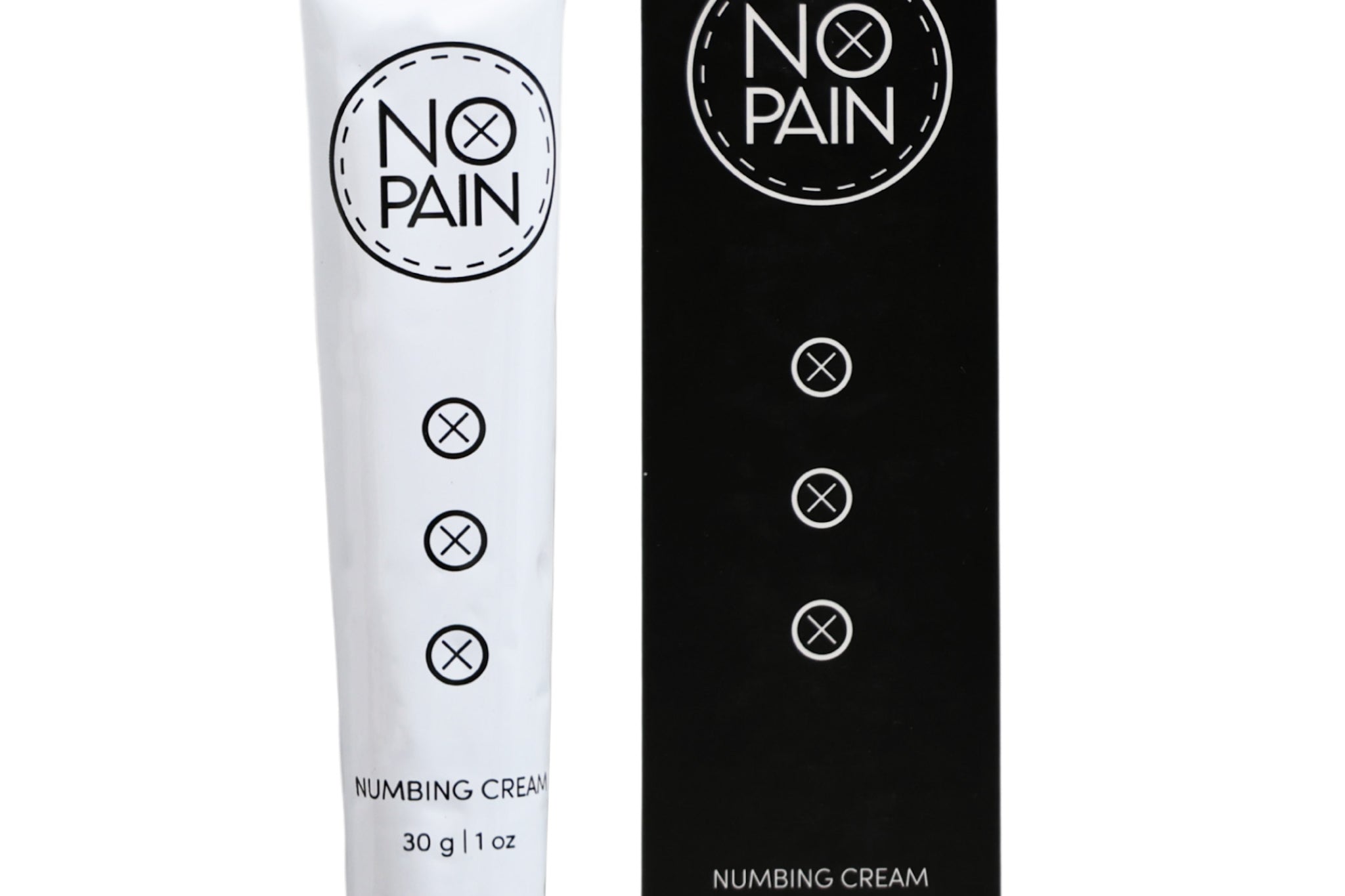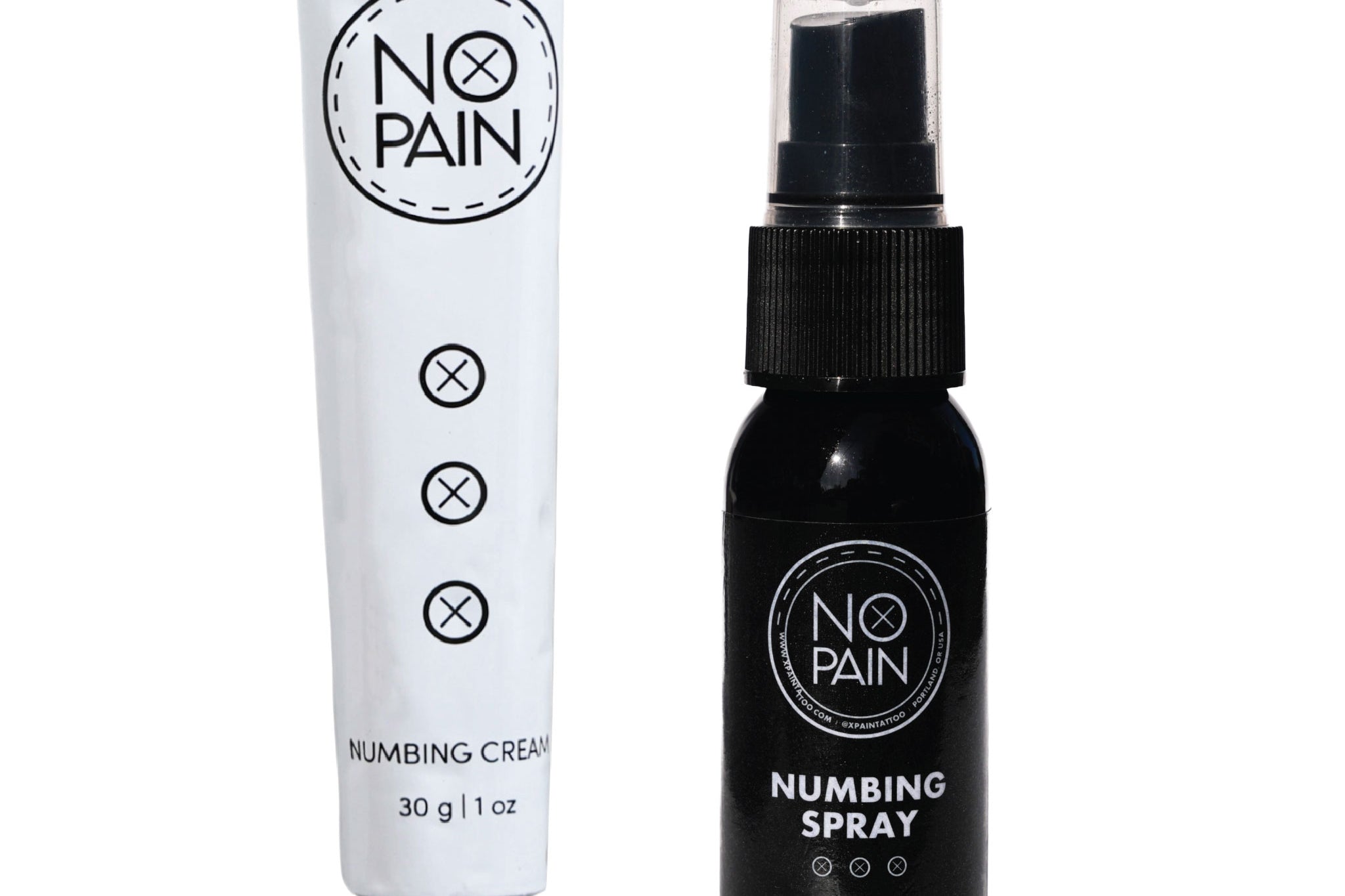You've just gotten a new tattoo, or you're planning on getting one. As you think about the process, a question that is both fascinating and a little unnerving might come to mind: What actually happens to all that ink? Does it just stay in place forever, or does tattoo ink enter your bloodstream?
It's a critical health and safety question, and the answer is yes, it does—but not in the way you might think. Understanding the science behind how tattoos work inside your body is the key to having a safe and worry-free experience.
This is your guide to what really happens to your tattoo ink after the needle leaves the skin.
The Initial Process: Where Does the Ink Go?
When you get a tattoo, the needles deposit ink into the dermis, the stable, second layer of your skin. Your body's immune system immediately recognizes millions of tiny ink particles as foreign invaders.
-
The "Lock-In": Specialized white blood cells called macrophages rush to the site and "eat" the ink particles. Because these particles are too large for the macrophages to break down and carry away, they become permanently trapped in the dermis. This is what makes a tattoo permanent.
The Long-Term Journey: The Lymphatic System
Over a very long period—months and years—a microscopic amount of the smallest ink particles can be carried away by your immune system. They don't just enter your general bloodstream; they travel through your lymphatic system, which is your body's filtration network. These particles are often deposited in your lymph nodes, which is why the lymph nodes near a heavily tattooed area can sometimes be stained with the color of the ink.
For a healthy person, with the high-quality, modern, and sterile inks used by professional artists, this microscopic migration is generally not considered a significant health risk.
The Real Risk Isn't the Ink—It's Infection
The much more immediate and serious risk of something "entering your bloodstream" isn't the ink itself; it's bacteria.
A new tattoo is a large open wound. If an unsterile needle is used, or more commonly, if your tattoo aftercare is not perfect, bacteria can easily enter this wound. A bacterial skin infection can, in severe cases, lead to a systemic blood infection (sepsis), which is a true medical emergency.
This is why your primary focus during the tattoo healing stages must be on creating a clean, sterile environment for your skin. This is the most important part of how to care for a new tattoo.
Your Best Defense: A Flawless Aftercare Routine
You can't stop the microscopic, long-term migration of ink particles, but you have 100% control over preventing the real danger of infection.
-
Keep It Impeccably Clean: Your first line of defense is to keep the open wound clean. Our No Pain Tattoo Cleansing Foam is a gentle, antimicrobial wash that is essential for preventing the bacterial growth that leads to infection.
-
Create a Protective Barrier: A breathable, protective moisturizer helps to shield the healing skin from environmental contaminants. Our No Pain Tattoo Aftercare Balm is designed to provide this protection without suffocating the skin.
The Verdict: While trace amounts of ink do migrate to your lymph nodes over a lifetime, the real risk of something dangerous entering your bloodstream is from a bacterial infection in the days immediately following your appointment. By choosing a professional artist who uses sterile, high-quality ink and committing to a flawless aftercare routine with a system like our No Pain Tattoo Aftercare Bundle, you can ensure your tattoo experience is as safe as it is beautiful.



